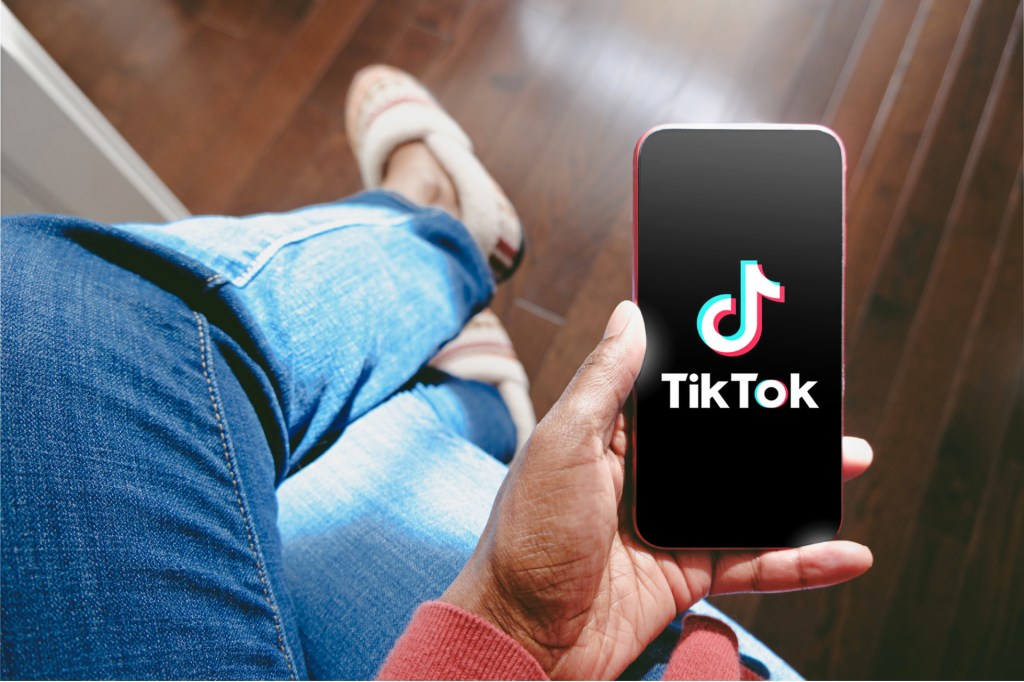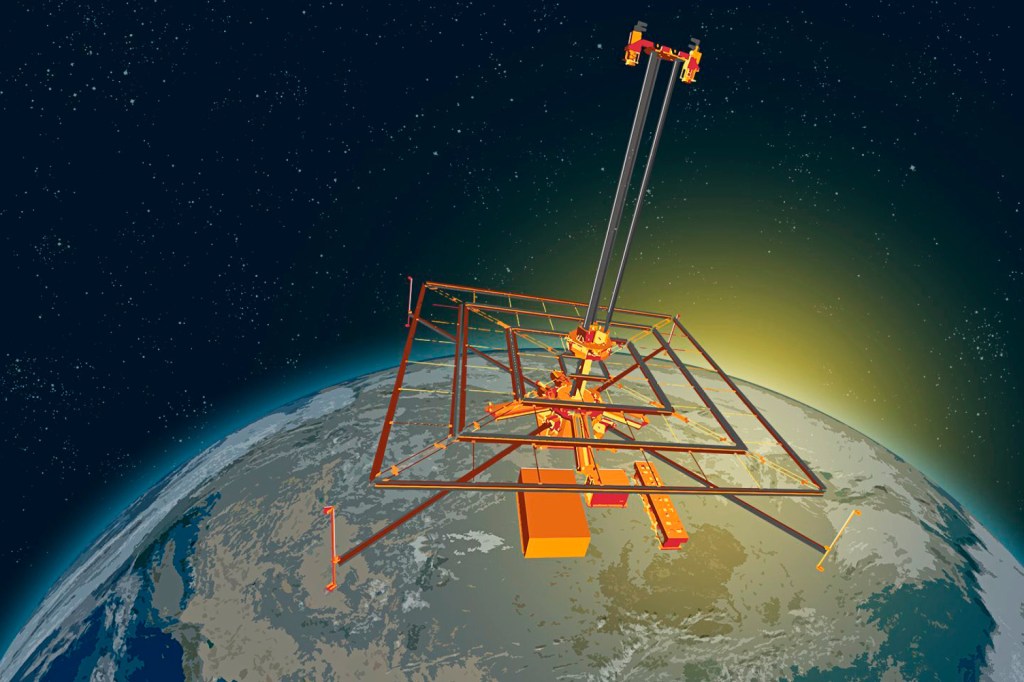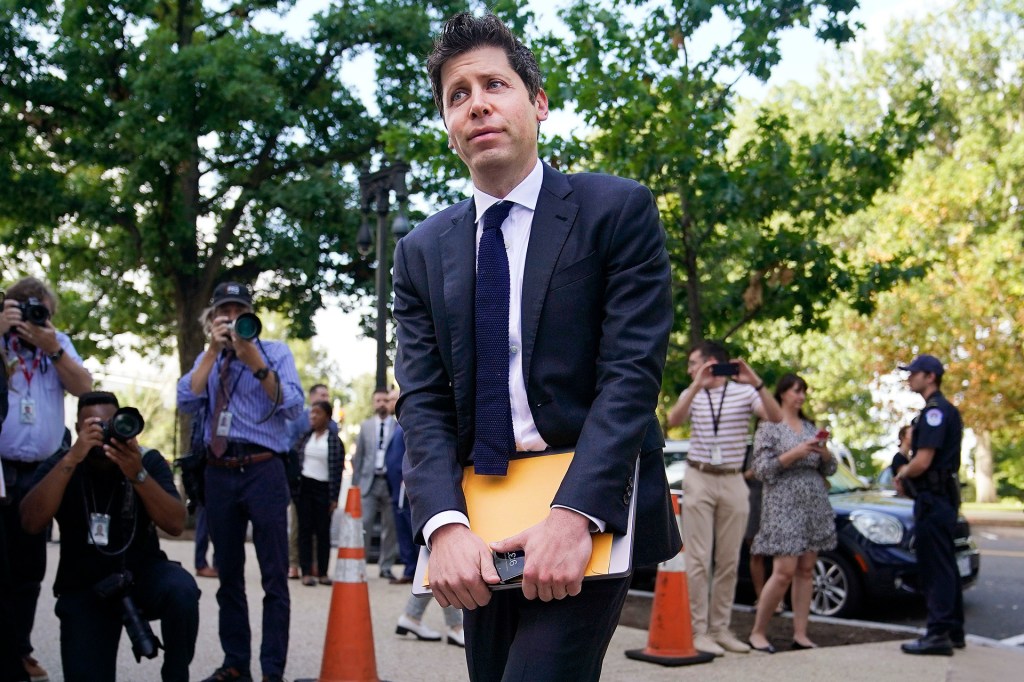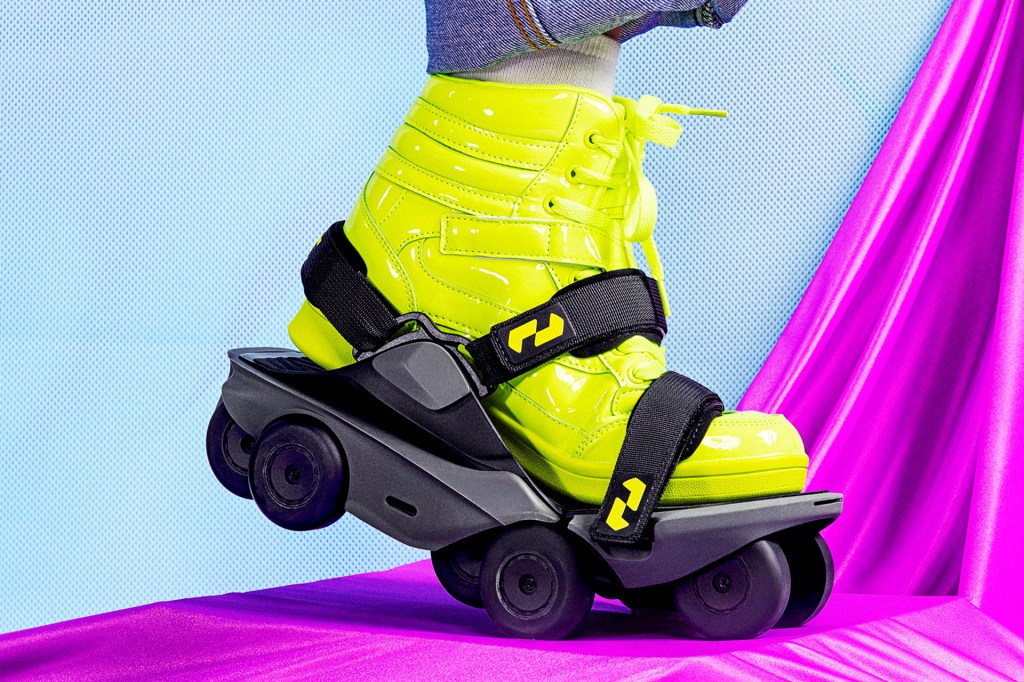Friend or Foe?
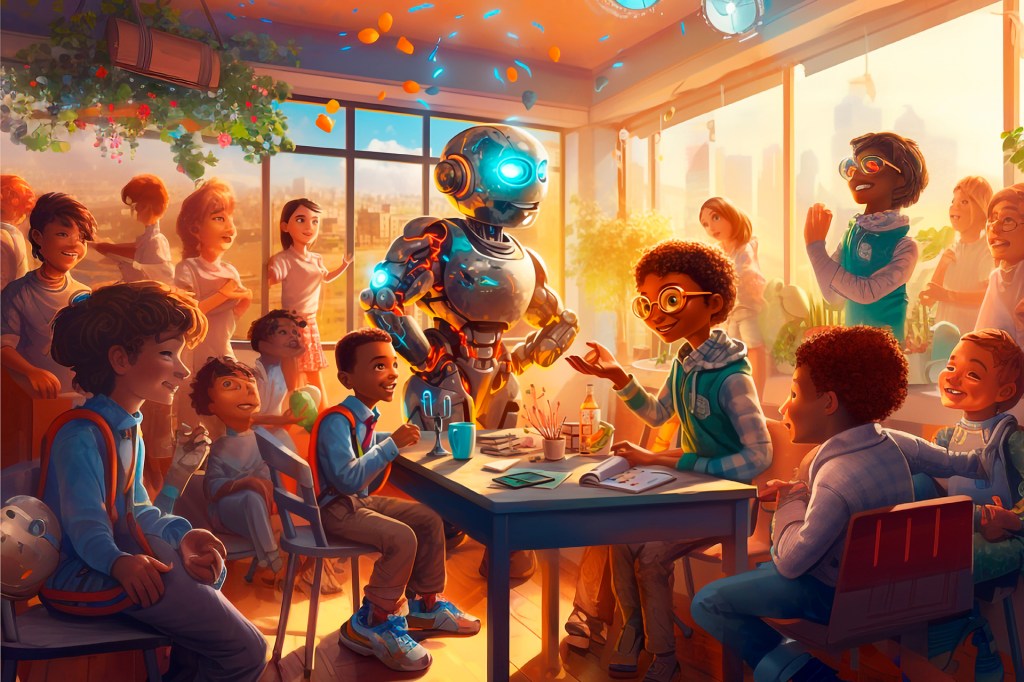
This year, Peter Paccone has a new aid in the classroom. The social-studies teacher in San Marino, California, plans to let his helper explain some simple topics to his high schoolers. This will free up time for Paccone to focus on more-complex concepts. His new assistant is ChatGPT.
“What I feel that I don’t have to do any longer is cover all the content,” Paccone told educators in a Zoom workshop in May. He’s one of many teachers who have been experimenting with AI in the classroom.
ChatGPT is a chatbot. It was created by OpenAI. Earlier this year, the company’s website became one of the world’s 50 most-visited. When asked a question online, the chatbot will produce an answer that reads like an essay. Students and teachers are grappling with the implications implication a possible effect (noun) Josie hadn't considered the implications of putting off her homework until Sunday night. of that as they start a new school year.
A New Tool
Some school districts have banned ChatGPT. They need time to make rules about how it’s to be used. “Teachers are panicked because they see [it] as a cheating tool,” says Rachael Rankin, a principal in Newton Falls, Ohio.
But a growing number of educators say it’s too late to keep AI out of their classrooms. Randi Weingarten is president of the American Federation of Teachers. She says the panic about AI is a lot like the panic caused by the Internet and graphing calculators when they were new. ChatGPT, Weingarten says, “is to English and to writing [what] the calculator is to math.”
In a recent Walton Family Foundation survey, 73% of teachers said they’d heard of ChatGPT, and 33% had used it to come up with “creative ideas for classes.”
In Gig Harbor, Washington, students used the program to write math raps, which they performed in a classroom competition. In Scotland, a teacher used ChatGPT to simplify texts for students not fluent in English.
ChatGPT doesn’t always get things right. (See “Far from Perfect.”) But teachers say this can provide a way to engage students. Some are having students fact-check essays generated by the program. Sarah Millard, a teacher in Rochester, Michigan, had students critique critique to review or examine something critically (verb) The reviewer critiqued the movie after the premiere. a ChatGPT essay on Shakespeare’s Romeo and Juliet. “They have never been so engaged in writing,” Millard says. “They wanted to beat the computer” and were “tearing apart” the AI-generated essay.
Impact Unknown
It’s not clear how much AI will change schooling. Some are calling it a revolution. “There’s a tidal wave coming,” according to Dan Fitzpatrick, who runs a Facebook group devoted to AI. Others say that while AI is a useful tool, it won’t change the basics of schooling. “AI is certainly not, in my opinion, some kind of enormous breakthrough that’s going to transform education,” says Chris Dede of the Harvard Graduate School of Education.
For Millard, one thing is certain: There’s no substitute for human connection. “I’ve been to former students’ weddings and baby showers,” she says. “I’ve high-fived my students. I’ve cried with my students. A computer will never do that. Ever, ever.”
Far from Perfect
Text generated by ChatGPT is rarely perfect. It often contains factual errors. It can get the formatting or tone wrong. And it can contain bias from the data used to train it. “What’s going to be less represented are the perspectives, knowledge, and experiences of underrepresented communities,” Ezekiel Dixon-Román says. He’s director of the Edmund W. Gordon Institute for Urban and Minority Education and teaches at Columbia University’s Teachers College, in New York.
Some educators say allowing the use of AI for schoolwork will unfairly benefit some students over others. Only those with access to a high-speed Internet connection will be able to use AI consistently. Many students do not have that access.




